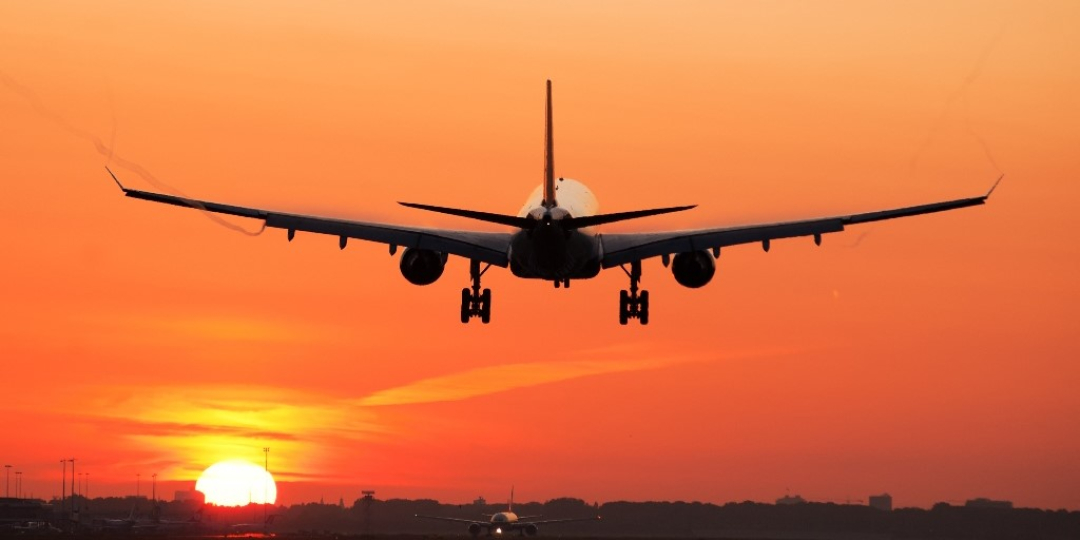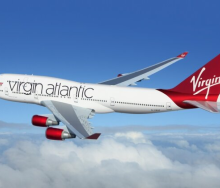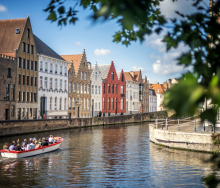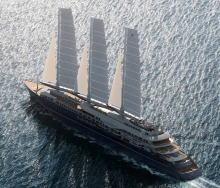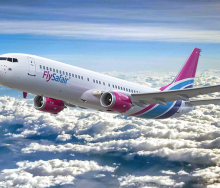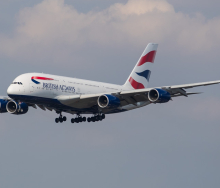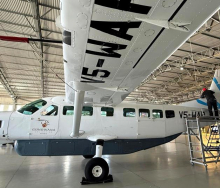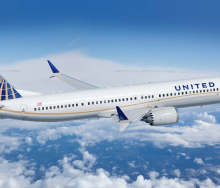Competition is a massive driver in the international aviation market.
Boris Ogursky Lufthansa Group’s Media Spokesperson, told Travel News that the competitive conditions for EU airlines and their hubs had steadily deteriorated since October 2121.
That was when the European Union and the State of Qatar signed a comprehensive air transport agreement (CATA), upgrading rules and standards for flights between Qatar and the EU.
The agreement sets a new global benchmark by committing both sides to fair competition and environmental protection. The agreement appears fair-minded to both parties (the EU airlines and the ME airline), but the realities of aviation in 2023 mean that ME airlines like Qatar Airlines stand to derive considerably more benefit from this foothold they will gain in foreign markets than the EU carriers can get.
“A look at the traffic between the EU and Asia confirms this: traffic flows are increasingly shifting out of the EU and into the Middle East. In 2002, the market share of the airlines of the Gulf was 3%. By last year, this figure had already increased to 46%,” said Ogursky.
“The CATA will gradually open up the European market to the point of complete liberalisation by the time the winter flight schedule for 2024/2025 is published. The CATA gives Qatar Airways free access to the EU economic area with its 450 million inhabitants; in return, European airlines will only be able to reach the three million inhabitants of Qatar.”
Explained Ogursky: “Qatar Airways’ business model is focused exclusively on transfer traffic and will put a huge amount of pressure on Europe. Qatar Airways offers more than 350 flights from Doha to European destinations during the summer of 2023. By contrast, EU airlines rarely fly to Doha.”
The three Middle East airlines – Etihad, Qatar Airways and Emirates, known as the ME3 carriers, have become dominant over the last decade. Arab America Online (www.arabamerica.com) reports that from the hubs of Doha, Dubai, Abu Dhabi and Istanbul, the carriers of these countries can reach almost all of Asia, Africa and Europe within six to eight hours. In a flight time of up to eight hours, these Middle East carriers can travel to two-thirds of the world and reach about five billion people.
The ME3 carriers have also become trendsetters in onboard experience. The economics of aviation dictate that direct flights (legacy carriers) will always command better prices. Because the ME3 carriers offer indirect flights to the passengers’ destinations (because very few of the passengers are flying to Doha, Dubai or Abu Dhabi as the end destination – the vast majority will connect to destinations beyond the hub) these airlines need to compete keenly with the legacy carriers on product as well as price.
They do this rather well -M3 carriers are consistently highly ranked on Skytrax – in 2023, QR was named the world’s second-best airline globally and EK was fourth on the list. The first, third, fifth, eighth, ninth and tenth positions were held by Far Eastern carriers. Turkish Airlines and Air France, lying sixth and seventh respectively were the only European carriers in the top 10.
The M3 carriers now have well-established premium-class products. Personal cabins with privacy dividers and lie-flat beds, on-demand service with high-quality food and beverages, showers, onboard bar, and complimentary WiFi are just some exclusive benefits tailored into the premium product of these carriers.
At the Iata Wings of Change Europe event held in November last year, Willie Walsh, Iata Director General, said it was important to recognise the different strengths and benefits offered by the diverse types of carriers operating in Europe.
“Europe, just like the rest of the world, relies on air connectivity, which is vital for society, tourism, and trade. The importance of transit passengers in facilitating services to more remote or small urban centres is crucial. The network carriers’ hub-and-spoke model enables a large network of connections even where demand is relatively low. This ensures that even the smallest or most remote European city with a runway must be fully connected to a multitude of destinations across the world, enabling trade and economic development.”

